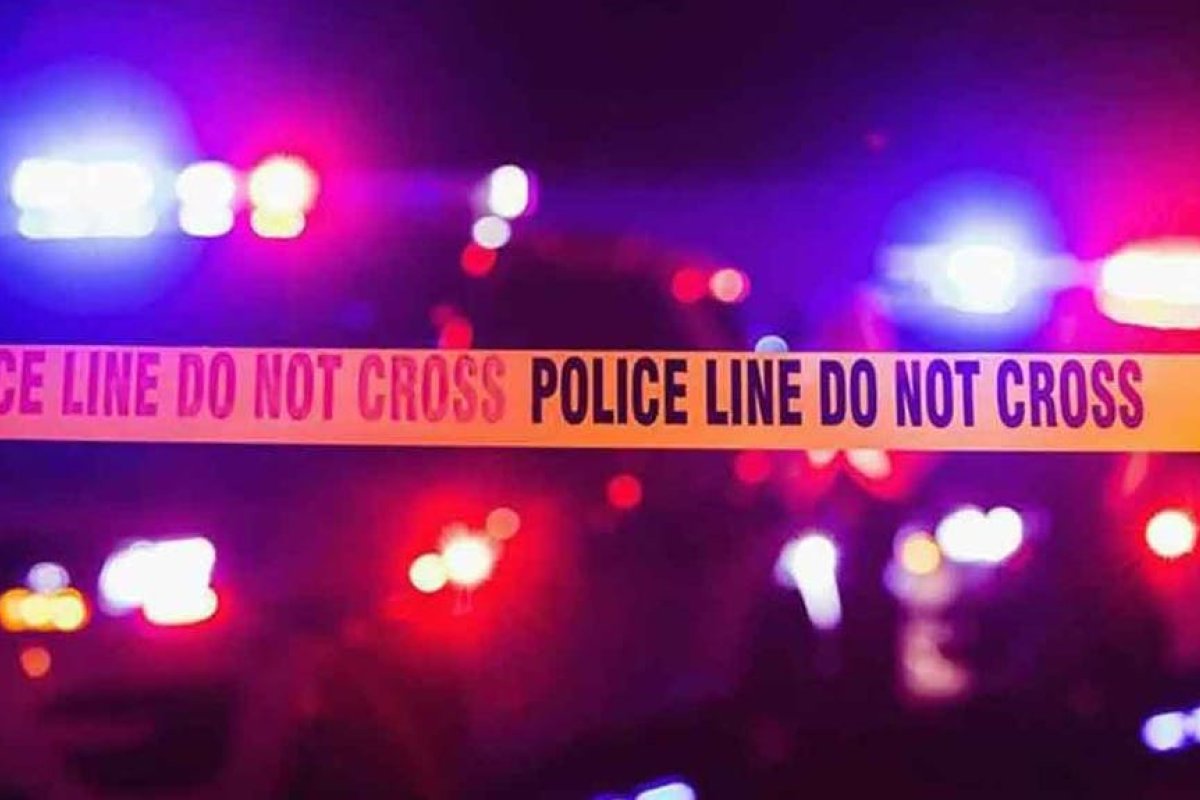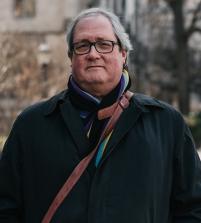
America’s Sirens
A reflection on America’s mythology of sirens, and the need to rewrite it
Sirens are foreboding, unforgettable presences in Western mythology. Usually portrayed as distant, alluring temptresses, their songs threaten to overwhelm any hearer. They become invitations that, pursued to the source, result in imprisonment and quite often death. Ancient myths thus counsel avoidance of sirens. No good comes of association with them, initial impressions to the contrary. Some myths underscore the relation of sirens to death by rendering them as the custodians of the dead, whose songs imprison the dead (and themselves) in permanent docility.
Perhaps the most notorious encounter with sirens is that of Homer’s Odysseus, who with characteristic chicanery is said to have had himself tied to the mast of his boat, ears plugged, to afford double protection against their inducements as he sailed among them.
America’s mythology of sirens is equally elaborate but quite different. I remember excursions in grade school to our local fire department and annual visits to our class from “Officer Friendly.” I also remember my ensuing confusion in 1968 when viewing television newscasts reporting protests across the nation following the assassination of Dr. Martin Luther King Jr., as well as in Chicago during the Democratic National Convention when the police did not remotely resemble our classroom visitor. My adult life in the city of Chicago has afforded an insistent, continuing education in the work of police. These have included occasions for gratitude and, too often, for outrage.
American mythology avers that sirens—flashing lights and pealing sounds instead of nymphs singing from caves – designate simultaneously a situation of distress, and that help is on the way. Our sirens don’t beckon; instead, they signal acknowledgment of a problem and the declaration that it is in the process of being resolved. American sirens crucially operate with legal sanction, to serve and protect.
I repeatedly hear sirens while I “shelter in place” in these months, and they alarm rather than allure. They preoccupy my attention, not because I fear for myself but because I fear for those they may involve. In the first weeks, the sirens made me imagine those who could not breathe because of COVID-19. The terrible, perhaps inevitable shift of my conjurings in recent weeks is for others who “can’t breathe” because, like Eric Garner and George Floyd, they are under duress from officers of the law. I still think about those who suffer from the coronavirus, but I think of what has often in the past alarmed me about the sound of sirens: the likelihood that they could involve black lives and their long historical experience of police brutality.
This specifically American Virus—the inability of our black citizens to breathe, literally and metaphorically—is its own call not just to revise but to change the American myth that conditions our responses to sirens. What schools teach children about what a siren means is given the lie to those children—all too speedily if they are black and all too slowly if they are white—by the world those children encounter as they emerge from their schools. This is decidedly the case in America. It is also, in principle as it is not in fact, decidedly un-American. It simply must change.
The American myth of freedom and equality will only breathe deeply when hearing a siren does not designate radically different reactions—including shortness and even loss of breath—among any of its people.
Sightings is edited by Joel Brown, a PhD Candidate in Religions in the Americas at the Divinity School. Sign up here to receive Sightings via email. You can also follow us on Facebook and Twitter. The views and opinions expressed in this article are those of the author and do not necessarily reflect the position of the Marty Center or its editor.


